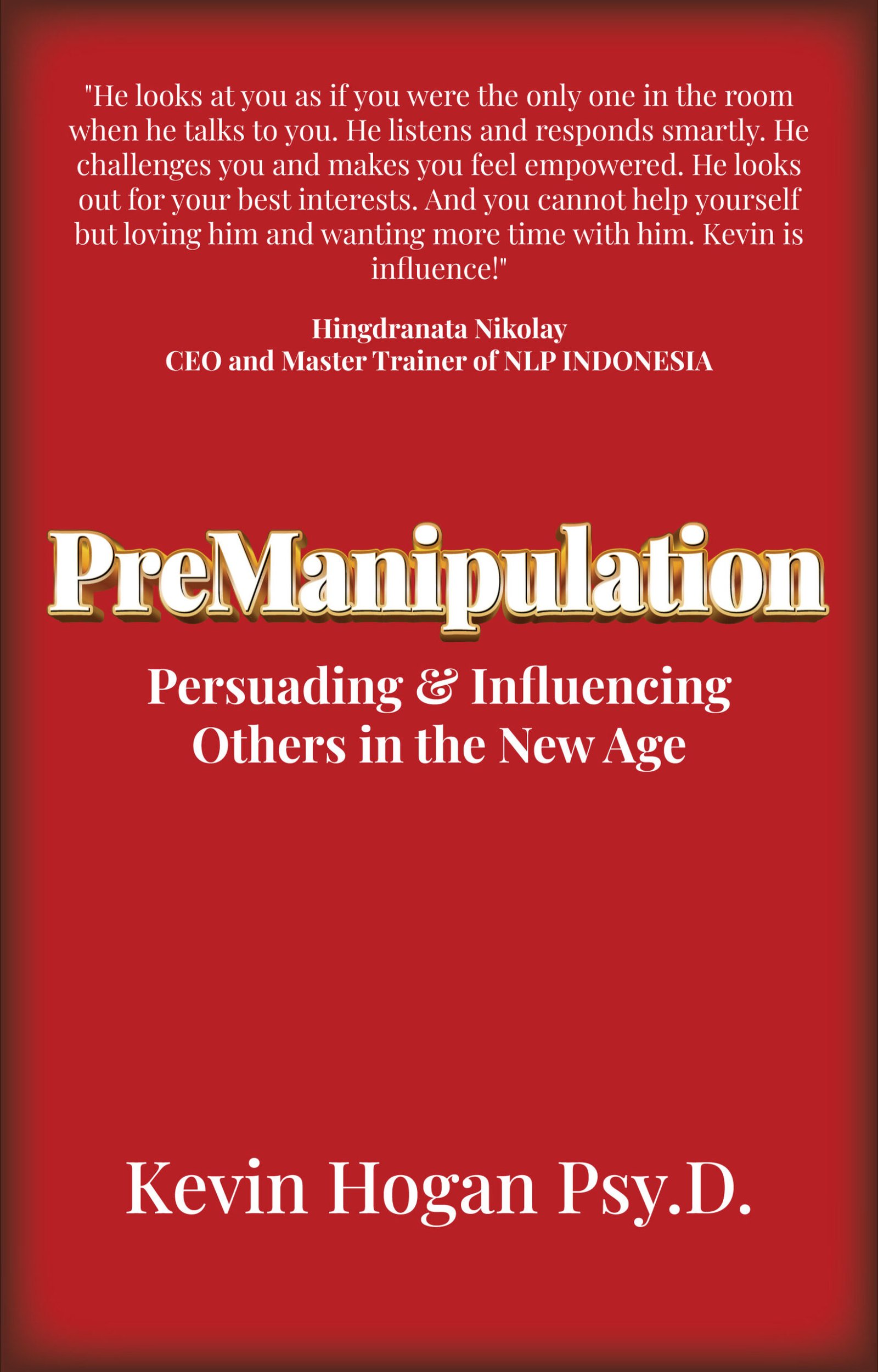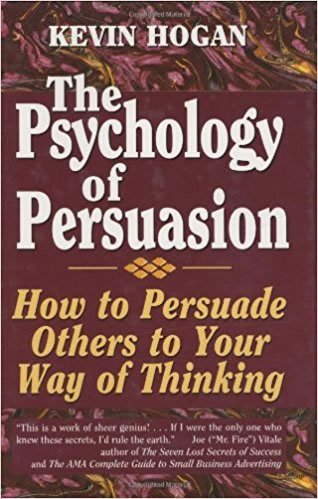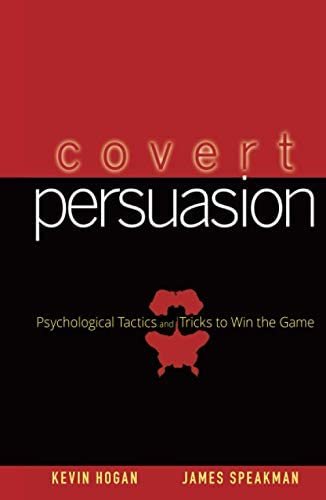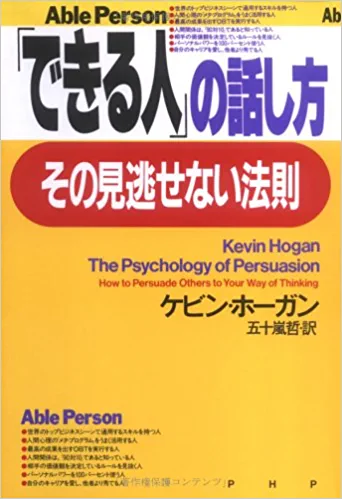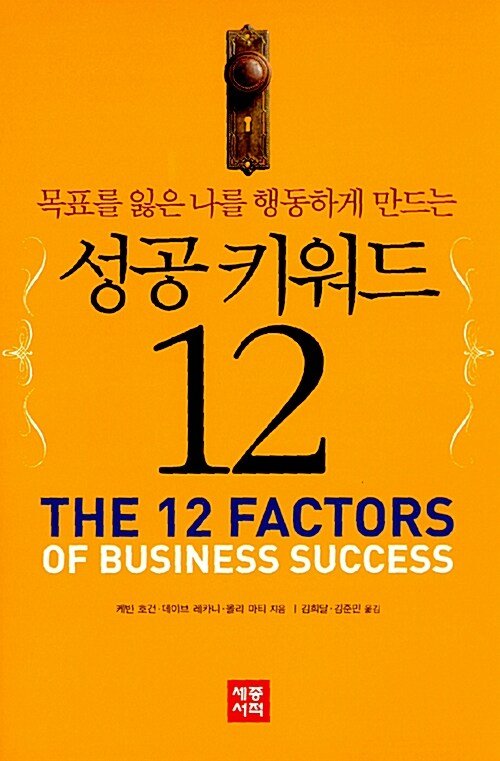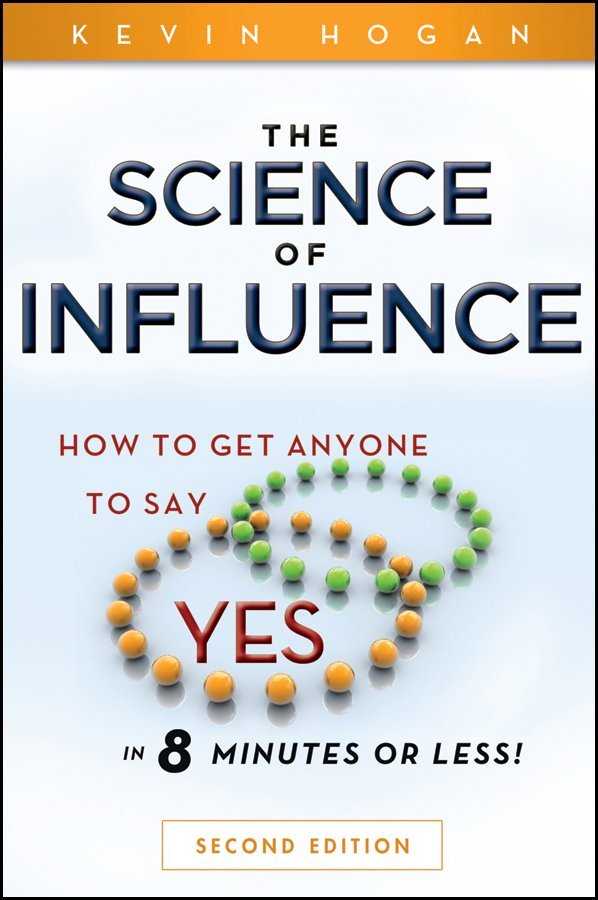From Japan to the USA there are some obvious social and biological factors in how people experience and react to rejection….and there are some VERY surprising cultural factors that have never been understood before.
We all interact with people everyday from other cultures and other walks of life.
We go through life using the information that we have gained up to this point to guide us through situations that we encounter. Only new information that we learn becomes a building block for developing our knowledge as we interact with others.
Rejection: The Cultural Differences
In situations of rejection, how similar and how different are people from different cultures?
Are we all alike when experiencing rejection?
What are those similarities / differences and how can I use these findings in my everyday life?
Learning about each other’s response to rejection helps us relate to others in situations where we might be the rejected, or the rejector.
Imagine…
You’re declining a business offer from someone of another culture, but you still want to do future business with this person. Want to know what he is thinking and feeling on the inside?
You are a leader with your company who manages a number of people each day from a variety of cultures. You need to know how to deal most effectively with feelings of rejection in cultures other than your own. Want to know what they are feeling inside?
You are a teacher trying to motivate children… several from different background cultures. With the knowledge of how we are similar and different, feelings of rejection can be more easily understood, making you a more effective teacher.
Fascinating New Studies Reveal Rejection Through The Minds Of Those In Different Cultures
We are all similar in the fact that rejection is difficult for us, no matter what culture we live in. We all hate it from the smallest inkling of rejection to the largest offense. We all care deeply if we are rejected… how we are rejected… how it feels…how badly it hurts…and so on.
New studies give us a fascinating look inside the minds of two different cultures when dealing with rejection and the thoughts of situations of rejection. The cultures of the American and Japanese.
Everyone, regardless of race, sex, religion or culture deals with rejection without even thinking about it.
These are reactions based on our body’s reading of our internal “sociometer” that we talked about earlier. The internal sociometer tells us when we are being rejected, or about to be rejected. It is our warning signal. Although we share some common threads universally with others in times of rejection, we also react differently according to our cultures.
One interesting Princeton study was conducted to see how rejection makes people of different cultures feel… and how they in return feel about those who are rejecting them.
It included undergraduate participants from both the US and Japan. Participants were randomly assigned a new acquaintance in which they initially exchanged brief videotaped greeting. Next, they completed a questionnaire in which they described themselves. On the questionnaire they also evaluated their partners’ speech, their potential compatibility and their potential impression of their partner. After exchanging the information, they had to decide whether to accept the other as a partner for the next part of the session… which was the intimacy part. Looking at the answers from their partner’s questionnaire, they made their decision.
Half of the participants were randomly selected to receive negative feedback and the other half positive.
Those that received negative feedback learned that their partner’s evaluations (on a 5-point scale) was a “2” – not very good. They had been described by their partner as not expressing themselves well – they had been rejected.
Those that received positive feedback learned that their partner’s evaluation was a “4”, very good, and they had been described by their partner as expressing themselves very well. Very positive feedback.
In both countries, the participants who received negative feedback reported feeling bad. Half of those who were rejected also rejected their partners in return.
Of those who received positive feedback, all reported feeling good and none of them rejected their partners.
So, it appears that in both American and Japanese cultures, rejection feels bad and causes everyone to be more likely to reject in return. Likewise, the feeling of “I’ll like you as long as you treat me good” seemed to be a common thread across cultures.
Understanding Each Other’s Environment
We are all motivated to understand each other and each other’s environment. What makes another do the things he or she does; what makes us act and react the way we do? We want a deeper understanding of how to best interact with others. We want to know if we act a certain way, how will it make the other person act or… “react”?
Friend Or Foe?
A common thread found across cultures, as shown in the studies, is that when people encounter another social individual group or individual, they want to know immediately if that person is a “friend” or “foe”. This can also be described as “ingroup” and “outgroup”. “Ingroup” includes people who share your values… people who are friendly… in your group. “Outgroup” is everyone else.
So, when people meet you, they immediately size you up as being friend or foe. “Ingroup” or “Outgroup”. When YOU meet someone, you automatically size them up as being friend or foe. “Ingroup” or “Outgroup”.
The questions that a person is asking inside during this sorting process are:
- Are the other person’s intentions good or bad?
- If they are good, then you classify that person in your “Ingroup” … (for the time being).
- If they are not, you place them in your “Outgroup” … (for the time being).
We begin a process of investigating to find out the “Motives” of the person that is entering our world. The person who could possibly reject us and do harm to us internally…
Which Group?
People’s central concern when trying to understand another person or group is to understand which of these two groups the other person fits in. What group do your new acquaintances fit into?
According to the new studies, there are specific social categories that we compartmentalize people into so that we can understand more about their “Group” standing.
We need these social categories to make a determination as to whether one is a friend or foe. “Ingroup” or “Outgroup”.
These Social Categories are universally perceived along two primary dimensions:
- Warmth
- Competence
In the Warmth category, we categorize a person as friendly, good-natured, warm and sincere.
You guessed it… this person is a friend… “Ingroup”.
When putting someone in the Competence category, they are thought to be capable, confident, competent and skillful.
Again, I know you’re catching on. This person is thought to be able to readily reject… so this person is put into the “foe” or “outgroup” category (at least initially).
People in many circumstances want to know who is with them and who is against them. Who will reject them, and who won’t. Determining this helps them begin to prepare when thinking about what to do just in case they DO reject you.
Other Related Studies
In subsequent studies, American participants tried to seek a clear understanding of the nature of the rejection whether positive or negative. They seemed to emphasize expecting honesty from the person giving feedback and taking feedback at face value. When someone rejects you, the Americans view this as the other person’s opinion of them. They take it very personally.
The Japanese, on the other hand, showed quite a different tendency, namely that they seemed to confirm the evaluation they received only when it was negative. They also would not accept the feedback as necessarily valid – whether it was negative or positive. They evaluated the feedback as neutral and they judged the negative evaluator as more serious than the positive evaluator.
They searched for information related to potential compatibility and seemed to confirm that they were rejected by their partner through searching for items about mutual compatibility, not as a personal hit. So, the Japanese culture doesn’t necessarily think their partner’s feedback shows a valid expression of his or her attitude towards them.
Another difference that was found was the way that Americans and Japanese viewed the relationships AFTER rejection. In Americans, for instance, the rejection violates a relationship between two individuals, themselves and the person doing the rejecting. The emphasis is more on “themselves” alone. But in the Japanese context, it violates an entire network of relationships. They think in terms of group memberships. This entire network includes the rejected and the rejecter’s “ingroup”… those they associate with.
Americans generally have positive expectations about the other people. This is one of the reasons that rejection hurts as much as it does. They trust other people in general not to create unprovoked negative outcomes for themselves.
In Japan, the trust operates more narrowly within the “ingroup” and then based on the assurance of knowing the other person’s incentive. As a result of the more narrow trusting, caution is more evident in the Japanese data.
What Does It All Mean?
We all share some basic threads for dealing and responding to rejection across different cultures, people from different cultures sometimes have different motives and different expectations about rejection as it concerns relationships and how they act and react to it.
Americans believe in people being direct and speaking the truth, however, we find that they are more strongly interested in how they are perceived by their partner and they take a response or rejection as a personal offensive.
Japanese have slightly different motives and expectations. They prioritize social harmony and relationship – oriented motives, and they were more interested in whether they were accepted or not by their partner rather than individual feedback. They did not view the feedback as necessarily true… even if their partner evaluated them positively.
To the Japanese, saying positive or flattering words means only that the other person is not actively refusing you… not that they are telling you what they really think.
Can you begin to see how cultural differences can make a difference in the way you are perceived in a situation of rejection?
Have you ever stopped to think about the differences in dealing with rejection between you and those a world away… or between you and those around you from other cultures?
Next time you are in a rejection situation with someone of another culture, just remember that they may have a whole different view of the situation at hand. As for American and Japanese cultures and their thinking about rejection… you now see their worlds, in terms of rejection, from a whole different view!
![]()
![]()
![]()
Utilize Subtle Covert Influence for Change
Intrigued? Discover the secrets to what separates Covert Hypnosis from every other compliance technology. Discover what even the experts don’t know about how the mind interacts with the unconscious mind.
Kevin Hogan has released a powerful CD program that takes you from a barely-there awareness level of subtle communication to a powerhouse expert of subtle unconscious communication. This is everything you need to know to increase the power you have in every communication.
In CD 1, Kevin Hogan reveals specifically the secrets of how to weave the exact messages you want others to act upon into stories that captivate listeners.
CDs 2 & 3 show you how to motivate and compel other people to change their behavior as quickly as is humanly possible. Benefit: You can utilize these covert tools with your own unconscious mind because they link into the core drives and desires that you have!
CD 4 reveals ALL 22 elements of Covert Hypnosis for this first time anywhere! Never before released by anyone, anywhere. The complete Covert Hypnosis Model for change is here. Business? Sales? Consulting? Coaching? Therapy? Learn specifically how to generate change in their thinking with the Covert Hypnosis Model.
CD 5 gives you all the tools necessary to take a person’s deepest drives (sex, eating, acquisition, connection, etc.) and fuse them into building compelling outcomes (the girl of your dreams, lose weight, acquire wealth, meet new people easily). Ignore either aspect, and failure is assured. Successfully meld the two in the unconscious mind and amazing things can happen.
CD 6—Pattern Recognition: Getting someone to think about something is one thing. Getting someone to feel driven to DO something and then watch them do it like magic is something else entirely. Learn so much in just this one CD!!!
CD 7 – This is 2003 neuroscience and research that reveals how to rewire the brain. Some neuroscientists call it “sculpting.” It’s not something that happens instantly and it requires the use of both hemispheres which can be pretty tricky if you don’t know what you are doing.
CD 8 – You are going to learn some unique techniques in the eighth volume of Covert Hypnosis. Not only are you going to learn the truth about values (when they are critical and when they are MEANINGLESS) but you are going to discover the values of the unconscious mind! The unconscious mind and conscious mind do not correlate to each other but they both correlate to the behavior of every person you meet.
Covert Hypnosis: An Advanced Course in Subtle Unconscious Influence The Master’s Secrets Revealed! (Vol. 1 – 8)
“This is THE advanced course in subtle influence! Remember when you read Covert Hypnosis: An Operator’s Manual, and you got that WOW! feeling inside?! Well, that was just the beginning. In Covert Hypnosis: The Master’s Secret Revealed, you are going to learn how to subtly move inside the minds of anyone you communicate with. In trance or out…this is the most powerful material on Covert Hypnosis on the planet. Period.” Kevin Hogan, Psy.D.
More Information about Covert Hypnosis or to order

